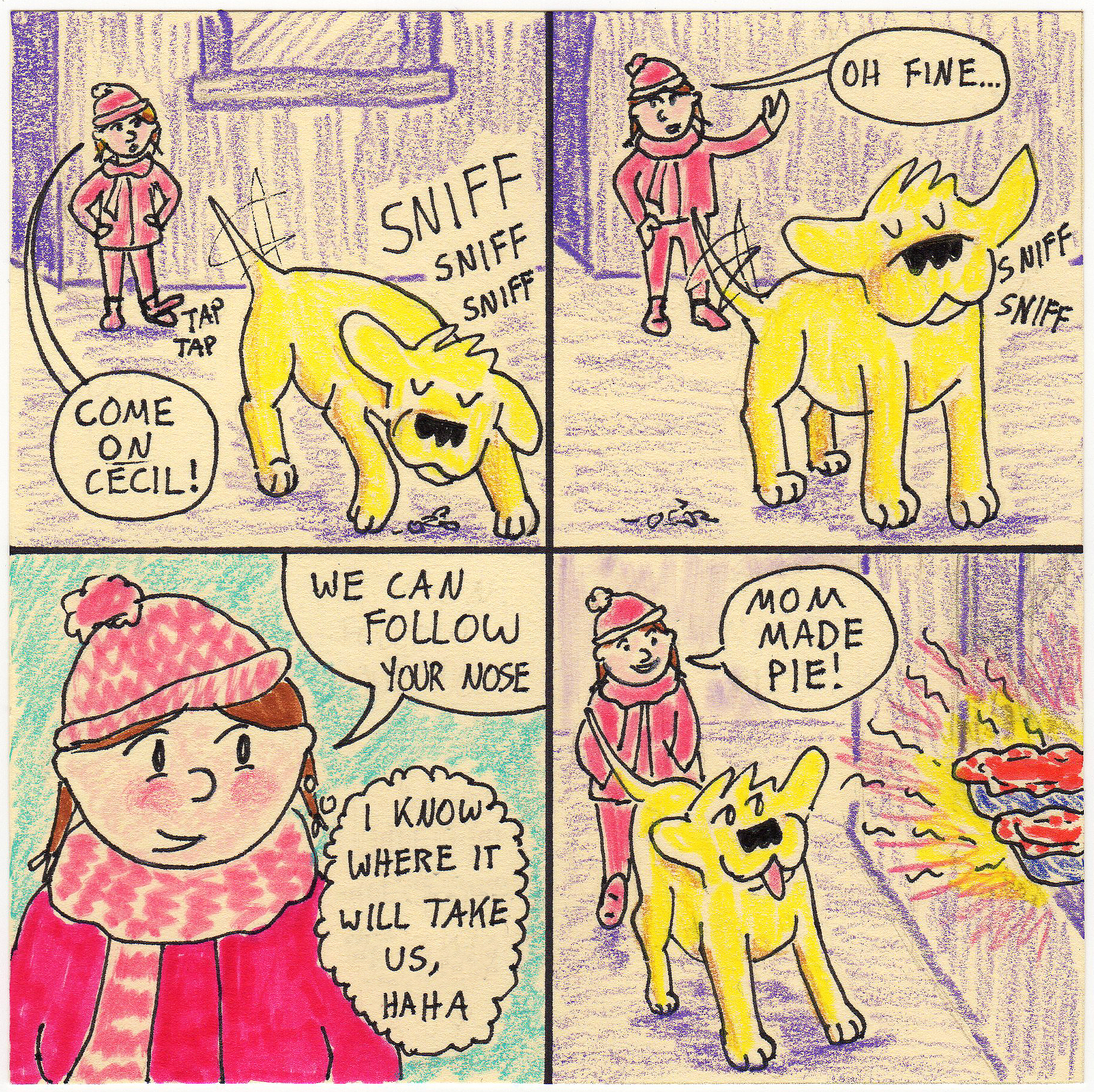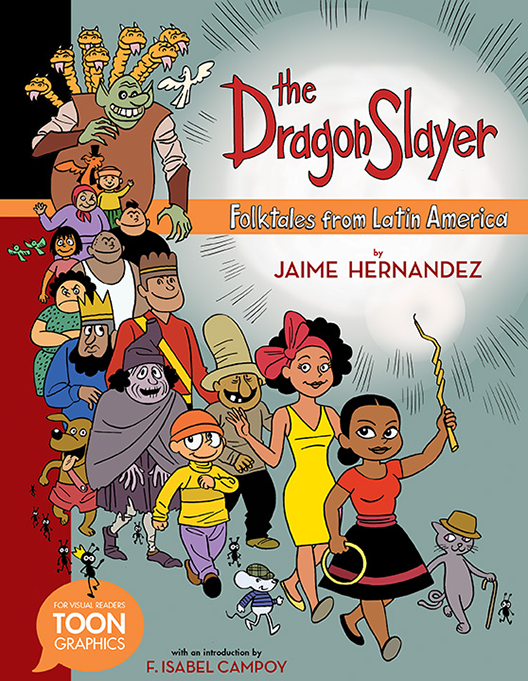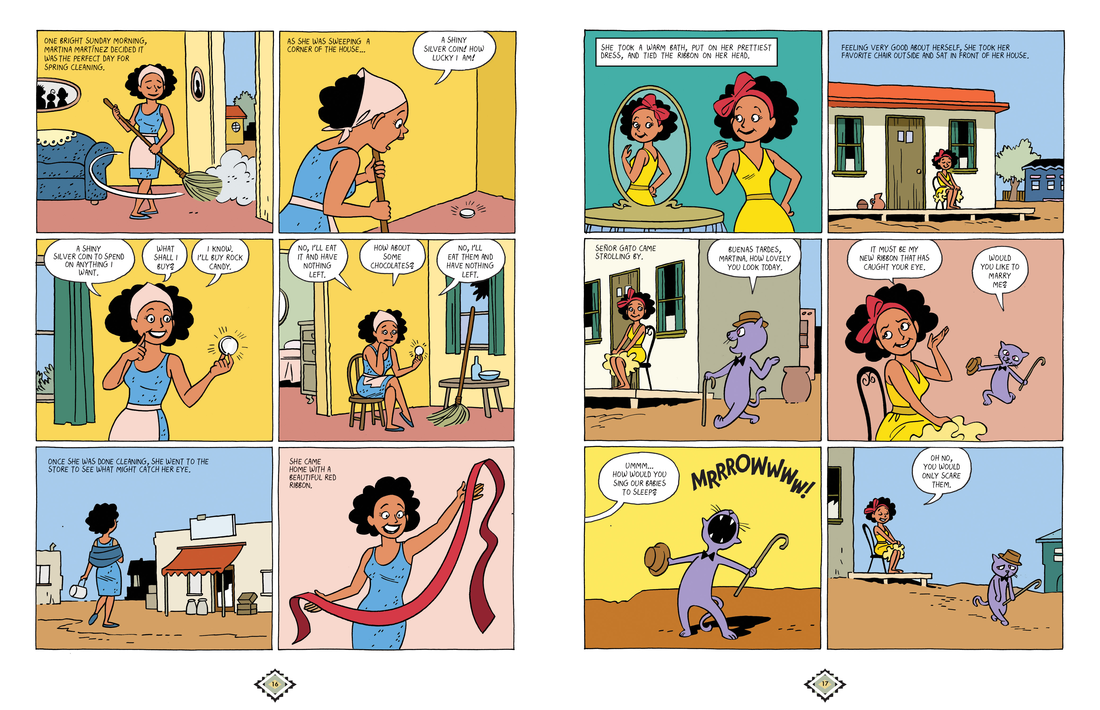Comics WorkbookNovember 8, 2017NewsSam Ombiri with thoughts on Yuichi Yokoyama’s Garden, and Bryce Davidson with info on Grass Green, and South African comics!
—————————————————————————————————
Sam Ombiri here: At first I struggled to read Garden more than any other Yuichi Yokoyama book. At one point, maybe out of frustration, I began just reading the images. In Garden, Yokoyama isn’t putting much effort into the emotional build up of his characters, or making their expressions stack up – unlike in World Map Room, where the enjoyment of the words, and what the characters say, is more immediate. The interactions in World Map Room culminate into something larger, something which pushes the rest of the book, and which is key to understanding what structure that the characters will enter next. In Garden, there is no guide, whereas in World Map Room we had Enterprise – and at the very beginning, those mysterious workers who were going across the river. In Garden there is no one to tell the characters what’s going on.
After all, the whole book is about trespassing – how then can you have a guide? I like how the characters have no motivation beyond curiosity, and that their trespassing is presented purely as function. It makes their quest all the more unspecific, and therefore their run-ins unspecific. The inherent philosophical tone in their inquiry toward a foreign structure or force affecting them really resonates with me as a reader, and says a lot without saying anything directly, about the nature of the lives we live. It asks questions that are at the back of our minds, ones that don’t form.
We can’t always, if ever, present all the attributes of being a human to every second in a story. We have to make concessions, because certain things will strike us automatically, and we like that for many reasons. One reason is that it makes it easier to make and read comics. It’s strange for Yokoyama to try to erase the typical feelings humans possess, and only surrender to certain ones, but, especially in comics we always do this – it always happens. Yokoyama’s concessions with portrayal aren’t concessions at all – he’s directing all his efforts to erase what we’d typically see as a concession, if we were to look. It’s important to note that he’s doing this purposefully, turning what we’d see as a concession into a primary function! (I feel this could make his readers distrustful of his work.)
Yokoyama isn’t demanding a huge amount of reaction from doing this – it’s only because he’s interested in doing his work this way that it turns out this way. I think it was Derik Badman who said that World Map Room is basically Yokoyama in a rut. I think that’s a false assessment, just based on the way Yokoyama works.
The strip with the copier in New Engineering tells it all – he has run out of ideas from the very beginning, and is creating a new function for the way we draw. It’s judging Yokoyama by the wrong criteria, because he doesn’t engage, as far as I know, with thrilling or entertaining the reader – which is not to say that he does or doesn’t. We as the readers are the ones who react to it. “Why would you be so selective with what emotions are put on display?!” we ask him.
While Yokoyama isn’t exactly portraying the characters in a humanistic way, or rather is aiming to disconnect from a humanistic take on the characters (but even to this Yokoyama has to make concessions to his own goal, by making his characters inquisitive at times, as mild as it may be, and a microscopic amount of sentimentality shows up every now and then) he’s still presenting humans. They may not be attached to a specific culture – they are only the specific species of human. Even if the story is told from what he imagines to be the perspective of birds, animals don’t, as far as I know, have a real point of reference for our behavior. His goal is well realized here in Garden, again with no guide and with no one except the other characters to ask questions, the answer often being silence – since they’re trespassers.
For those who haven’t read Garden I urge you to read it, not for what I’ve said above – but you have to visit these structures in Garden. Some of the most spectacular stuff is in there. It’s one of the easiest comics I’ve read, and continues to be. Just read the images, and if you feel lost just read what the characters are saying – their words are there simply to help you read the image. You’re traveling with them. – Sam Ombiri
Get a copy of Garden (PictureBox, 2011) HERE.
—————————————————————————————————
Bryce Davidson here with thoughts on Afri-comics, Grass Green, and tiger men.
Before I start I want to introduce myself to the CW readers out there, as this is my first post. I am a cartoonist and illustrator from Boston. I have released multiple comics and anthologies showcasing my work, most of which can be found at my website. I am also a Santoro Correspondence Course alumni and had recently met Frank for the first time in person at SPX this past August. He was nice enough to ask if I wanted to write for the blog so here I am! Also thanks to Sally and the rest of the CW crew for having me.
I had very little in mind when starting this article. Most of this was found doing research into the South African comic book market, which had interested me after I had seen images of what I would later know as Afri-comics – all South African comics in the style of popular American titles that were produced from 1976-1978 – on the website, southafricancomicbooks.blogspot.com, which, as far as I can tell is a very extensive, constantly updated, database of South African comics. Most of these appear to be reprints and imports of famous American comics like Superman, Batman, etc. You can look for yourself if you want. The site is credited to George van der Riet, of whom I can’t find much on.
The Afri-comics I was finding on there seemed at first to be knockoffs of famous EC titles, re-branded to a South African market, with examples such as, “The Vault of Horror” being replaced by “The Witch Doctor’s Cave”, with really good art. The art was good enough to compete with most of the EC guys, and I thought some of the characters were nice too, Tiger Ingwe especially. While most of these titles had clear American analogues, the aforementioned EC rips and their most popular title, Mighty Man, a blatant Superman knock off. Tiger Ingwe on the other hand seemed kind of his own thing. Half-man, half-tiger, all action. It was a pretty straight-forward title – he went around going on Conan-esque adventures in the jungles of South Africa. Battling tribes, saving people, you get the idea. Still it was nice to see that quality work in a market I otherwise knew very little about.
With this peaking my interest I did a little more research into the topic. Pretty much, up until the time that Afri-comics debuted, South Africa was saturated with “Photo Story Magazines.” Serial magazines which used photography and actors to tell stories in a comic format with word balloons and all. They were cheap and quick to produce and very popular. Other than reprints or imports of American comics, there was no official South African-made comics. New and existing artwork of high quality, paving the way for country’s comic scene! Who was making these? Who was this unknown pioneer from Apartheid era South Africa who was producing close to Wally Wood level work? Unfortunately, as it turns out that’s not quite the case. There was a reason it was such a superior EC knock off… It may have been drawn by them. While there are no creator credits listed in the books themselves, according to Nick Wood’s article, “Soweto’s Super Man: ‘Mighty Man’ and the mid-70s in South Africa”:
“That funding for the comic had come from a group of Republican Americans, including the media magnate John McGoff – and was developed by Richard Manville, a New York marketing consultant with clients in South Africa. Manville had sold the idea to J. Van Zyl Alberts in South Africa, who ran the pro-government newsweekly ‘To The Point’. Manville had developed the stories with a team of free-lance cartoonists, which apparently included Joe Orlando.”
Crazy capitalists pushing republican propaganda to South Africa in the form of Joe Orlando comics? Joe Orlando, for those unfamiliar, is one of the best members of the EC gang. IMHO his story, Judgment Day (1953), which focuses on race politics, still holds up as one of the best sci-fi comics ever. Hands down. The article continues:
“ had said: ‘there were certain guidelines…Like not screwing around with the government.’ Orlando had wanted the comic to include one-page outlines of heroes for black readers to identify with, such as the slain leader of the anti- Portuguese struggle in West Africa’s Guinea-Bissau, Amilcar Cabral. Not surprisingly, this idea was turned down and extra short strips run were instead about African folk stories such as ‘Anansi Plays Dead’ and black soccer players in local leagues.”
Come to think of it the laws that Mighty Man, “The Human Law Enforcing Dynamo” was enforcing were in fact apartheid laws. Tiger Ingwe on the other hand, whose stories focused on straight action/adventure themes, doesn’t suffer quite as bad; but you can see how awkward it is to have what should be a purely black African character, acting like they are cut out of a Buck Rogers strip.
Well it’s a pretty big bummer without a doubt. My hopes of finding the South African Jim Davis were crushed, so I shifted my focus over to Richard “Grass” Green – notable for being the first black participant in the American underground comix scene of the 60’s, 70’s and 80’s. While his professional work is few and far between, mostly working for Charlatan comics, his fanzine work, most notably Xal-Kor: The Human Cat is great, crazy, trippy, interesting Afro-futurist stuff.
Part Kirby, part Ditko, but definitely it’s own thing, Xal-Kor offers a slightly gentler super-hero experience then we are used to. It is defiantly worth reading if you are able to track down the issues. One thing I couldn’t help thinking though is how similar the design was for both Tiger Ingwe and Xal-Kor. Both were obviously tiger men, not exactly a new concept, yet the way they were both depicted in their beastliness was shockingly similar.
I noticed the distinction because the other beast hybrid characters I can think of (mostly Japanese) are King from Tekken, Guin from Guin Saga, Tiger Mask, all completely replace the head with the animals’. Xal-Kor and Ingwe don’t do that. Instead the creators chose to retain many of the human features, most notably the noses and mouths. It is a neat choice and seems to push the man/beast metaphor further than purely replacing parts. I can’t say if Grass Green had ever seen Tiger Ingwe or would have known anything about it, but it stands out as a nice little design connection within comic book history. Overall it seems to me that the beast/man motif seems to play nice with a lot of the themes within both the political agendas being pushed into the Afri-comics and the Afro-futurist, civil rights message which rings throughout Xal-Kor. Both works grappling with the burdens of the world through the medium of comics.
You can read more about Grass Green and see more of his work HERE.
(Bibliography – Wood, Nick. “Soweto’s Super Man: ‘Mighty Man’ and the mid-70s in South Africa.” South African Comic Books, 2011, southafricancomicbooks.blogspot.co.uk/2011/10/sowetos-super-man-mighty-man-and-mid.html.)
—————————————————————————————————
Suzy and Cecil – 11-9-2017 – by Sally Ingraham
—————————————————————————————————
Joanie and Jordie – 11-9-2017 – by Caleb Orecchio
————————————————————————————————
Cozytown – 11-9-2017 – by Juan Fernandez
—————————————————————————————————
Share this page: [...]

 Suzy and Cecil – 02-07-18 – by Sally Ingraham
Suzy and Cecil – 02-07-18 – by Sally Ingraham



